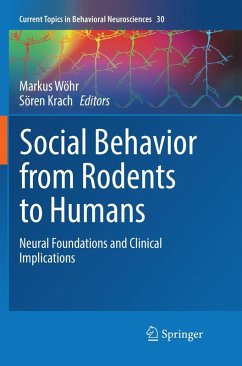
Rodent Model as Tools in Ethical Biomedical Research
Versandkostenfrei!
Versandfertig in 6-10 Tagen
151,99 €
inkl. MwSt.

PAYBACK Punkte
76 °P sammeln!
The objective of this book is to concisely present information with respect to appropriate use of experimental rodents in research. The principles elaborated seek to provide knowledge of the techniques involved in both management and scientific research to all who use laboratory animals, with a focus on the well-being and ethics regarding rodents and also to fortify the awareness of the importance of the animal as a study object and to offer orientation and assistance in conducting laboratory research, education or tests.












